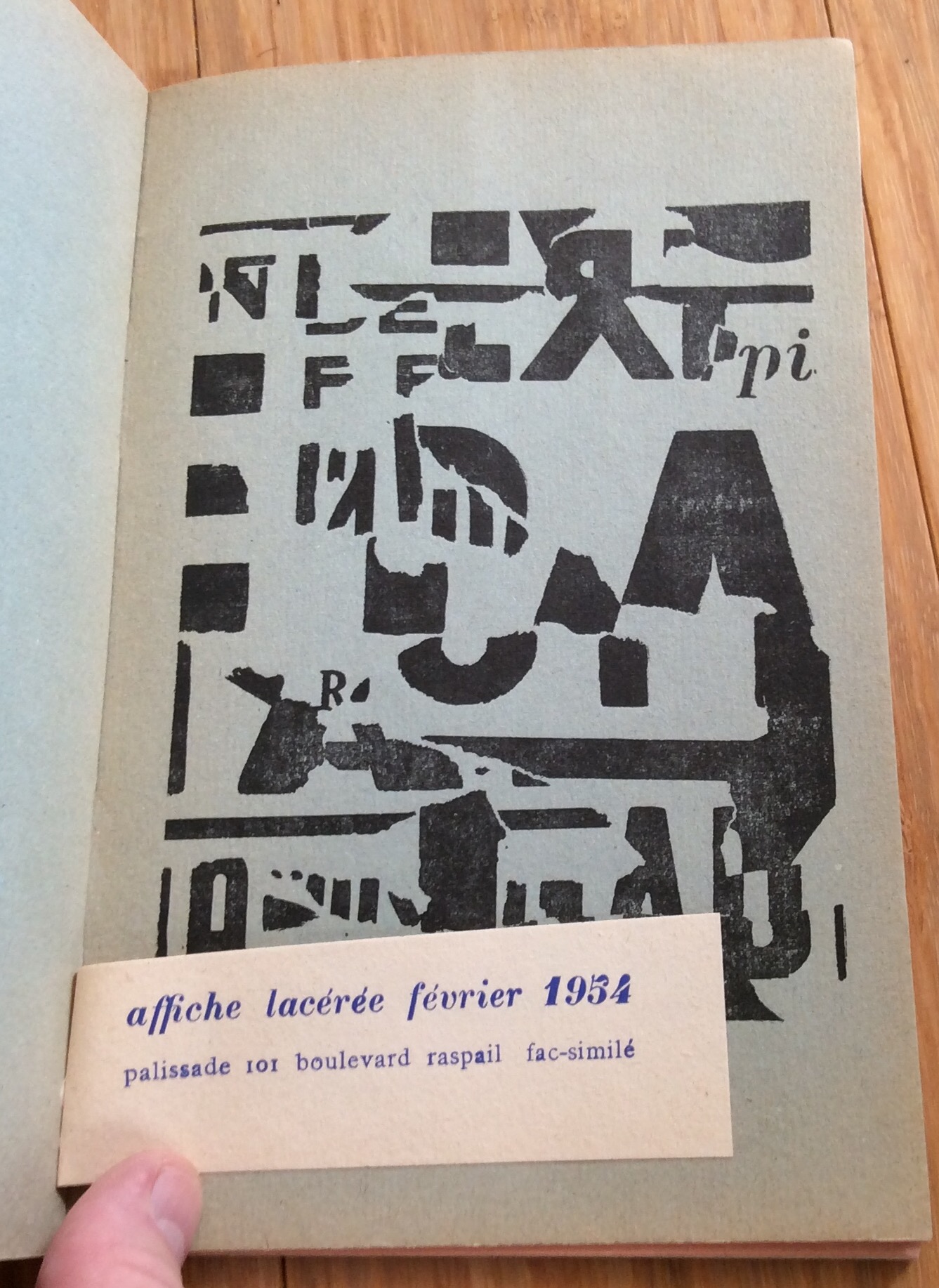Hypergraphics on:
[Wikipedia]
[Google]
[Amazon]
 Hypergraphy, also called hypergraphics or metagraphics, is an experimental form of visual communication developed by the Lettrist movement. Hypergraphy abandons the phonetic values communicated by most conventional written languages in favor of an aesthetically broadened form. Given its experimental nature it can include any visual media. However, hypergraphy most commonly consists of letters, symbols, and pictographs.
Hypergraphy, also called hypergraphics or metagraphics, is an experimental form of visual communication developed by the Lettrist movement. Hypergraphy abandons the phonetic values communicated by most conventional written languages in favor of an aesthetically broadened form. Given its experimental nature it can include any visual media. However, hypergraphy most commonly consists of letters, symbols, and pictographs.
 Hypergraphy, also called hypergraphics or metagraphics, is an experimental form of visual communication developed by the Lettrist movement. Hypergraphy abandons the phonetic values communicated by most conventional written languages in favor of an aesthetically broadened form. Given its experimental nature it can include any visual media. However, hypergraphy most commonly consists of letters, symbols, and pictographs.
Hypergraphy, also called hypergraphics or metagraphics, is an experimental form of visual communication developed by the Lettrist movement. Hypergraphy abandons the phonetic values communicated by most conventional written languages in favor of an aesthetically broadened form. Given its experimental nature it can include any visual media. However, hypergraphy most commonly consists of letters, symbols, and pictographs.
Conception
Hypergraphy is rooted in the core Lettrist concept that every major arena of human interaction, whether it be literary or economic, follows the same basic pattern. A paradigm is introduced into a system and iterated upon until all possibilities are exhausted (this is deemed the amplic phase), at which point the only path forward is to deconstruct the system down to its most granular elements (the chiseling phase). Once the system has been fully deconstructed, the pieces are set into a new paradigm and the cycle begins again. According to Lettrist painterMaurice Lemaître
Maurice Lemaître (aka Moïse Maurice Bismuth) (23 April 1926, Paris - 2 July 2018) was a French Lettrist painter (known for his use of Hypergraphy), filmmaker, writer and poet. Lemaître was Isidore Isou's right-hand man for nearly half a centur ...
, James Joyce's Ulysses marks the apex of the novel and thus the completion of its amplic phase. Alongside Lettrist founder Isidore Isou, Lemaître set to work on creating hypergraphic novels to begin the process of deconstruction.
Features
The chief means through which hypergraphy deconstructs language is by separating sound from meaning, abandoning the constraints imposed by the encoding of phonetic values. The resulting visual form, no longer tasked with conveying this phonetic information, is free to expand on the aesthetic plane. Rather than using words to signify ideas, the ideas can be more directly signified by pictographs or symbols from other sign systems. Traditional syntax is replaced by a two-dimensional plane in which select three-dimensional properties not possible with conventional orthography can be utilized (for instance, overlapping elements or perspective lines to indicate depth). With these additional dimensions available, the deictic relationships between signifiers becomes a new channel for conveying information. This innovation in the visual mode is inherently idiosyncratic, symbols and meanings varying from person to person with no standard source of truth. While this quality of hypergraphy ostensibly furthers the goal of deconstructing language by separating public language from private language, it also presents the largest obstacle to scalable adoption.See also
* Asemic writing *Asger Jorn
Asger Oluf Jorn (3 March 1914 – 1 May 1973) was a Danish painter, sculptor, ceramic artist, and author. He was a founding member of the avant-garde movement COBRA and the Situationist International. He was born in Vejrum, in the northwest c ...
* Maurice Lemaître
Maurice Lemaître (aka Moïse Maurice Bismuth) (23 April 1926, Paris - 2 July 2018) was a French Lettrist painter (known for his use of Hypergraphy), filmmaker, writer and poet. Lemaître was Isidore Isou's right-hand man for nearly half a centur ...
* Psychogeography
* Rammellzee
Rammellzee (stylized RAMM:ΣLL:ZΣΣ, pronounced "Ram: Ell: Zee"; December 15, 1960 – June 28, 2010) was a visual artist, gothic futurist "graffiti writer", painter, performance artist, art theoretician, sculptor and a hip hop musician from Ne ...
References
{{reflistFurther reading
* Curtay, Jean-Paul: ''Lettrism and Hypergraphics: The Unknown Avant-Garde 1945-1985'', Franklin Furnace Archive, New York, 1985 * Bohn, ''From Hieroglyphics to Hypergraphics" in'' Experimental - Visual - Concrete Avant-Garde Poetry Since the 1960s'', 1996 * Acquaviva, Frédéric & Buzatu, Simona (eds): ''Isidore Isou: Hypergraphic Novels – 1950-1984'', Romanian Cultural Institute, Stockholm, 2012. *Hussey, Andrew: ''The Strange and Enchanted Life of Isidore Isou'', Reaktion Books, 2021 Lettrism Artistic techniques Hypertext Infographics Psychogeography